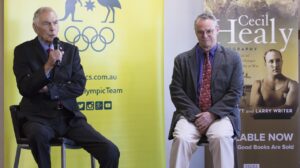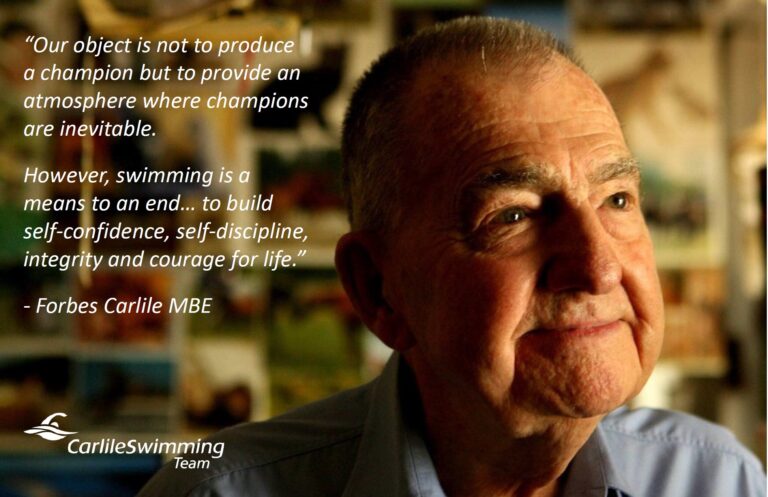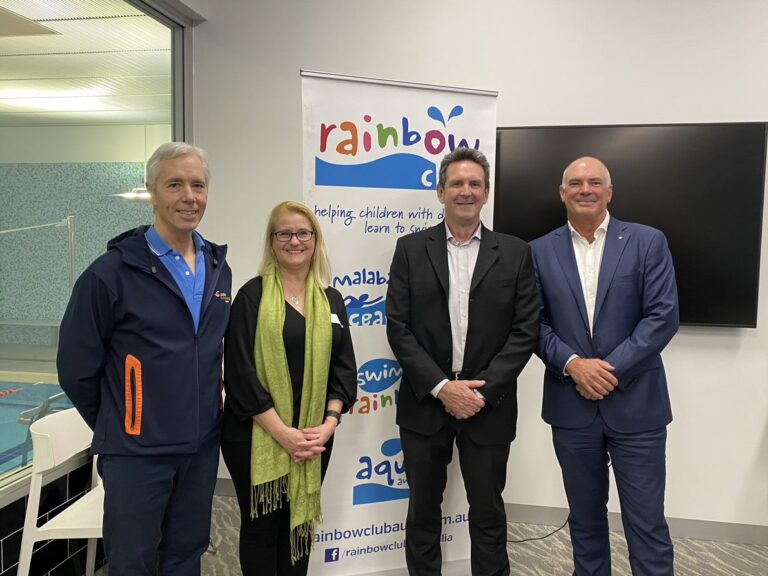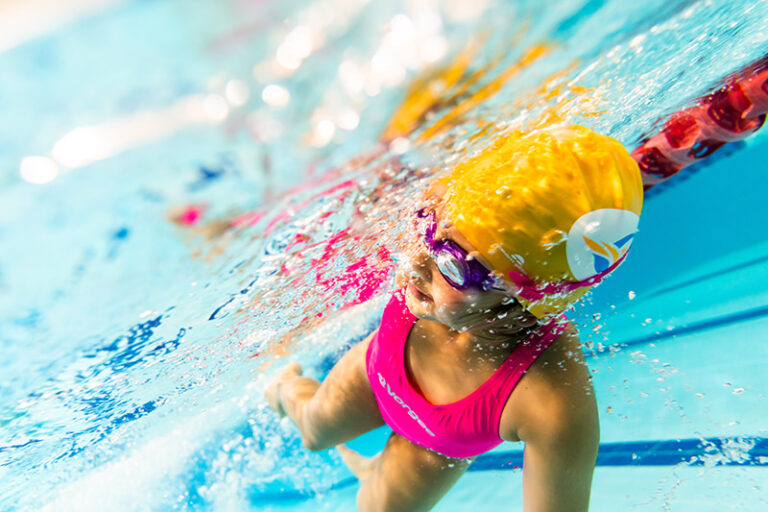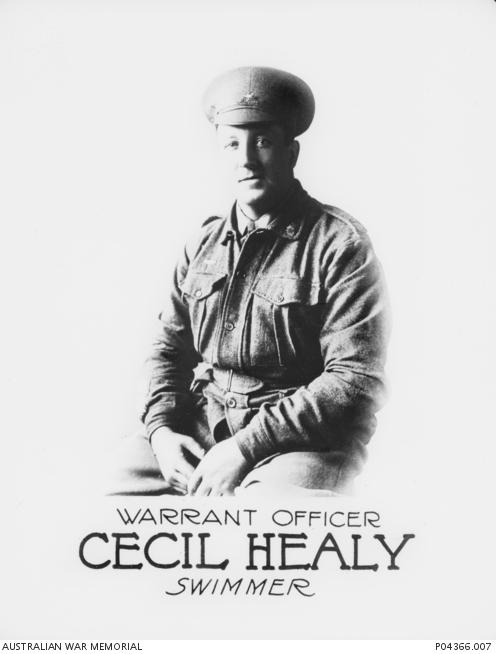
On Anzac Day we pause to remember the Fallen. This includes a man revered for one of the most selfless acts of sportsmanship in Olympic history.
Australian Olympic swimming gold medallist Cecil Healy is one of those who made the ultimate sacrifice on the altar of freedom. He was a hero in and out of the water.
More than 100 years ago Healy was just the second swimmer to represent Australia. For a time he was also the fastest freestyler in the world. But then, along came Hawaii’s Duke Kahanamoku.
Kahanamoku would go on to become the father of modern surfing, like Healy he was a lifesaver. Healy had been recognised for his extreme bravery in saving lives during a massive storm swell on Manly beach.
Kahanamoku famously rescued multiple people from a stricken boat off Honolulu in huge seas.
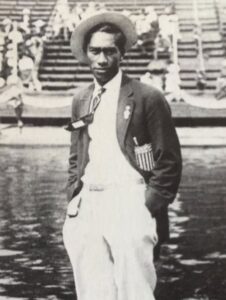
In the lead up to the 1912 Stockholm Olympics, the Duke had broken the world 100 freestyle record several times and cemented himself as an overwhelming favourite. Healy was clearly the second fastest swimmer in the world.
After the Olympic heats, the Duke as expected was on top, Healy looked like the silver medallist with the second fastest time. Semi-final day and Healy was ready to swim, the Duke however was sound asleep.
The American officials had misread the schedule and the champ and his team-mates thought the semi-finals were later in the day. Healy took out his semi and was clearly the fastest qualifier for the final. An Olympic Gold medal, the highest honour in sport, was within his grasp.
However, honour meant more to Healy than victory. The Australian launched a protest. Healy gathered the other finalists, he said they should refuse to race unless the Americans were given a chance to swim another semi-final.
Healy claimed it would be unsportsmanlike to prevent a swimmer of the Duke’s standing from having a chance at an Olympic gold. In the end, the officials agreed. The Duke swam a time trial and qualified for the final.
In the final, the great Hawaiian took Gold. Healy inevitably touched in second, when he did the Duke reached across and raised the Australians hand to acknowledge his act of chivalry.
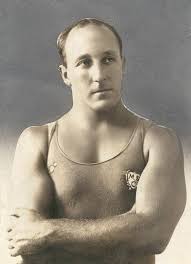
A friendship forged in respect led the Duke to Australia two years later where he met up with Healy and famously gave a surfing exhibition. The great Hawaiian rode a board he had carved from sugar pine at a local lumbar yard, at Freshwater beach.
Thousands gathered at the beach as the magnificent waterman put on a display for the ages. Today, on the Freshwater headland stands a statue of the Duke as a memorial of the day Surfing was introduced to Australia. The board he rode still stands proudly on display inside the surf club.
The Duke went on to be one of the most famous figures in surfing, he always remembered the Australian’s sacrifice that so honoured the true calling of the Olympics.
The memorial to his Australian friend is sadly a cross in a shared grave at Mount St. Quentin in Northern France.
Just three months before the guns fell silent, Healy was killed charging a machine gun nest in the muddy and bloody tragedy that was the Somme. He had won his Olympic Gold medal in the 4×200 freestyle relay and remains the only Australian Olympic Gold Medallist killed in action.
In 2018, 100 years after his passing, another Olympic champion John Devitt, pictured with co-author Larry Writer, released Cecil Healy a biography. The Australian Olympic Committee also announced the introduction of the Cecil Healy award. It will be presented after the Olympics to an athlete who shows exceptional sportsmanship.
